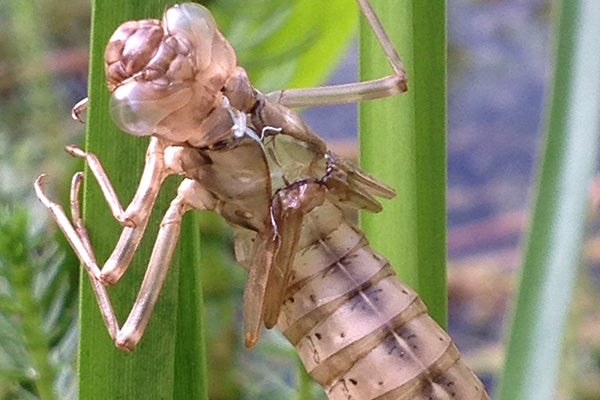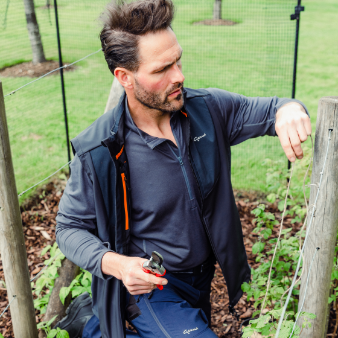Body, soul and gardening - pond life

Sitting near a calm, glinting pond that’s teeming with wildlife is hugely relaxing and makes you feel closer to nature. In fact, a well-designed wildlife pond is one of the best ways to attract a range of creatures into your garden because it provides habitats, food and shelter.
One of the greatest health-giving benefits of having a garden pond is that it helps keep garden pests under control, naturally. Beneficial predators such as birds and hedgehogs will come for a drink and feed on aphids and slugs at the same time. And amphibians will use water as a breeding ground.
Almost any size of pond will work. Find a spot in the sun or shade, avoiding under a tree due to falling leaves - and dig a curved, naturalistic shape. You’ll need a minimum depth of 30cm, but 60 to 90cm will provide shelter for amphibians during icy spells. Gently sloping edges will give creatures a safe way of getting in and out. A pond liner will make it water tight, but remove stones and cover the ground with sand or an old carpet first to protect the liner. Fill it with rainwater to avoid algae.
In terms of planting, you’ll need submerged oxygenating plants such as hair grass (Eleocharis acicularis) and water crowfoot (Ranunculus aquatilis) and floating plants such as dwarf waterlilies to provide creatures with a perch, shade and cover. Surrounding your pond with moisture-loving plants such as marsh marigold, purple loosestrife and yellow iris (Iris pseudocorus) will add to the naturalism and attract pollinators. Then pull up a chair and enjoy dragonflies darting about, birds having a bath and the wonderful wildlife haven you’ve created.







